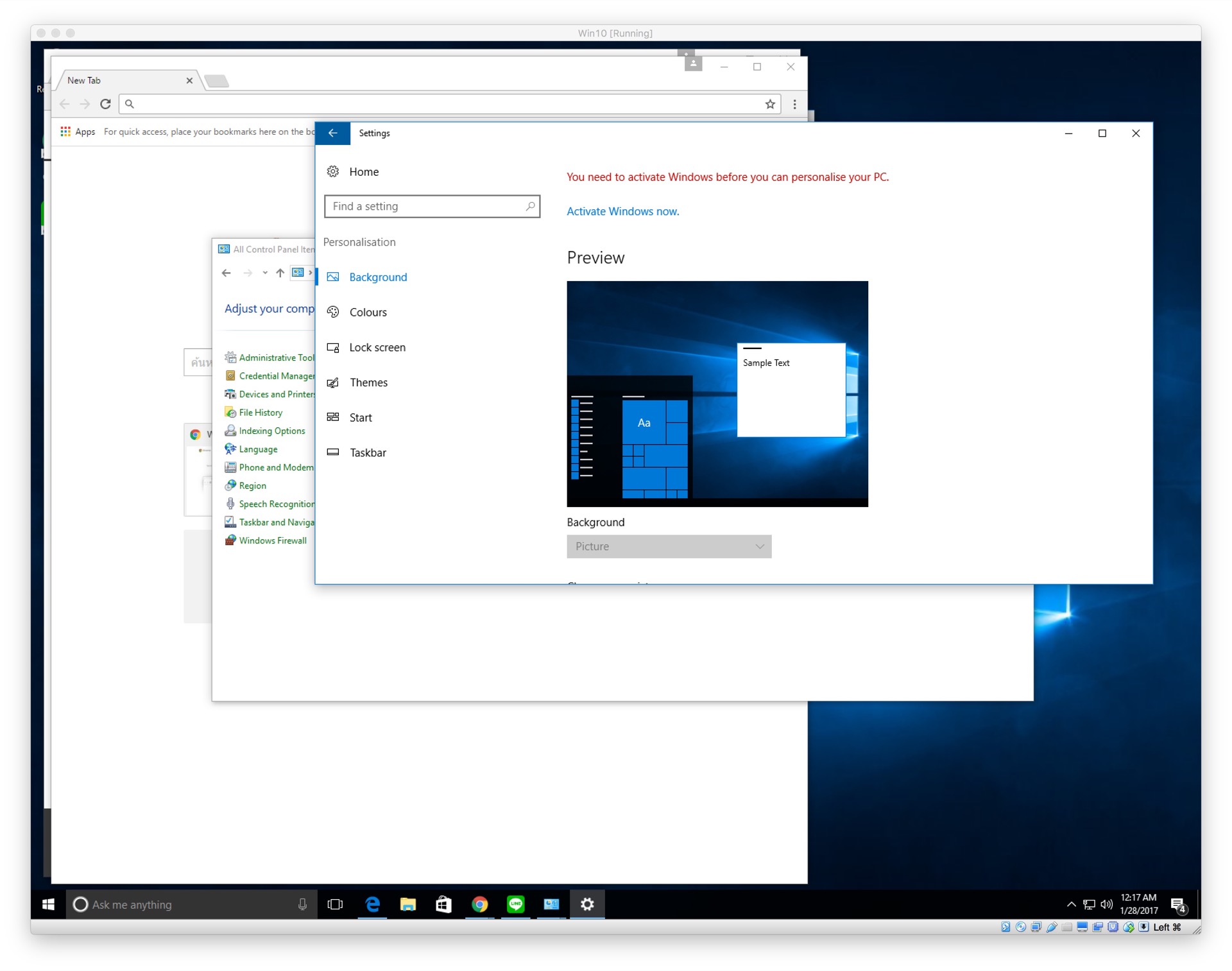
Once you finish copying the data, eject the disks from Finder: For Linux x86 VMġ. Copy the data and paste it to a folder on a Mac (you can share it with the ARM-based virtual machine later) or to an external drive:Ħ. Select the required disk where your data is stored.ĥ. A new Finder window will be opened with contents stored on the virtual hard drive:Ĥ. Right-click the virtual machine > select Show Hard Disk Contents.ģ. Click the Parallels icon ( ||) on the top menu bar > Control Center.Ģ. Transfer data from an Intel-based VM to an ARM-based VM For Windows x86 VMġ. More information can be found in KB 125343. To run a virtual machine on a new Mac with the Apple M1 chip, the Parallels Engineering team created a new virtualization engine that uses the Apple M1 chip hardware-assisted virtualization and can run ARM-based OS in a virtual machine.Īs a result, a new ARM-based virtual machine must be created. How to copy the data from this VM? Information The same applies to a VM created on a Mac with Apple M1 chip that cannot be started on a Mac with an Intel processor. The canonical discussion thread on the VirtualBox forums that covers this in more detail is here.An Intel-based virtual machine (VM) cannot be started on a new Mac with Apple M1 chip because it is not compatible with Mac computers equipped with the Apple M1 chip. There will never be any way to run a VirtualBox image that ran on an Intel Mac on an Apple Silicon Mac.


So, not only will VirtualBox not work on Apple Silicon, it will never work on Apple Silicon. they don't use any of the standards built up in the PC ecosystem over the last 40 years. None of these take the same form on the Apple Silicon platform - i.e. These include system memory, various bus controllers (PCI, USB), hard disk controllers, sound cards, graphics, BIOS/UEFI, etc.

So, it means not only that VirtualBox only runs on x86 CPUs, but also that it requires all the other elements of the x86 platform. However, it appears from various discussions I've seen on this topic that many users don't really understand what this really means. As per David Leitko's answer, VirtualBox is an x86 (more specifically, AMD64/x86_64) virtualization hypervisor.


 0 kommentar(er)
0 kommentar(er)
